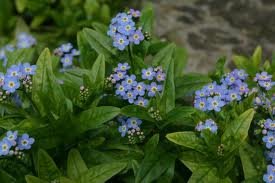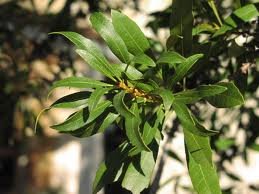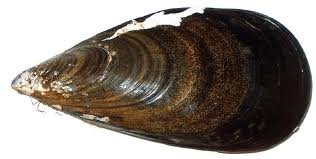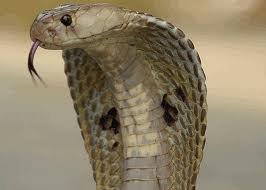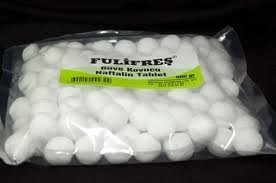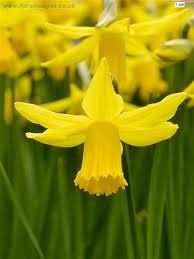Showing 847–855 of 1312 results
-
Mygale lasiodora
Black Cuban Spider
Weakness, palpitation, nervousness, fear, like other spider preparations. Chorea is the principal therapeutic field of this. Sexual symptoms are important.
-
Myosotis symphytifolia
MYOSOTIS SYMPHYTIFOLIA
Forget-me-not
(MYOSOTIS)Chronic bronchitis and phthisis. Night-sweats.
-
Myrica cerifera
Bayberry
(MYRICA)Marked action on the liver, with jaundice and mucous membranes. Persistent sleeplessness. Jaundice.
-
Myristica sebifera
Brazilian Ucuba
A remedy of great antiseptic powers. Inflammation of skin, cellular tissue and periosteum. Traumatic infections. Parotitis. Fistulas. Carbuncles. Specific action in panaritium. Pain in the finger nails with swelling of the phalanges. Hands are stiff, as if from squeezing something a long time. Coppery taste and burning in throat. Tongue white and cracked. Phlegmonous inflammations. Hastens suppuration and shortens its duration. Often does away with use of the knife. Inflammation of middle ear, suppurative stage. Fistula in ano. Acts more powerfully often than Heper or Silica.
-
Myrtus communis
Myrtle
The leaves contain Myrtol, an active antiseptic. Chest pains, as found often in consumptives, call for this remedy. Incipient phthisis. Nerve sedative and stimulant to mucous membranes, bronchitis, cystitis and pyelitis.
-
-
Naja tripudians
Virus of the Cobra
Naja produces a typical bulbar paralysis (L. J. Boyd). Causes no hæmorrhage but only œdema, hence the victims of this reptile frequently bear very little sign of external injury a small scratch or puncture being the only indication where the fangs have worked their havoc. The tissue lying beneath the wound is colored dark purple, and a large quantity of viscid blood-like fluid collects in the vicinity of the wound. An intense burning pain at the spot bitten is the first symptom. In man there follows an interval before fresh symptoms occur. The average is about an hour. Once developed, the symptoms follow a rapid course. A feeling of intoxication is produced, followed by a loss of power over the limbs. The patient is bereft of speech, swallowing, and the control over the movement of the lips. The saliva is ejected in large quantities, the respiration gradually becomes slower and slower, and at length ceases. Conscious all time. Is not a hæmorrhagic or septic, medicine like Lachesis and Crotalus. Its action settles around the heart; valvular troubles. Marked surging of blood upwards, marked dyspnœa, inability to lie on left side. Hypertrophy, and valvular lesions. Organs seem to be drawn together. Very susceptible to cold. With heart symptoms, pain in forehead and temples. Diseases, primarily depending upon degeneration of motor cells. Control of sphincters lost.
-
Naphthaline
NAPHTHALINUM
A chemical compound from Coal-tar; Tar Camphor
(NAPHTHALINE)Coryza, hay-fever, phthisis pulmonalis, also gonorrhœa have been influenced favorably by this drug. Pyelonephritis. Irritation of the periphery of the urinary apparatus. Whooping-cough.
-
Narcissus pseudonarcissus
Daffodil
(NARCISSUS)Symptoms of nausea followed by violent vomiting and diarrhœa.
Daffodil bulbs contain an alkaloid the action of which, according to authorities, varies as to whether the alkaloid is extracted from the flowering bulb or from the bulb after flowering. Thus in the former case the alkaloid produces dryness of the mouth, checks cutaneous secretions, dilates the pupil of the eye, quickens the pulse, and slows and weakens the heart contractions. On the other hand, the alkaloid from the bulbs after flowering produces copious salivation, increases cutaneous secretion, contracts the pupil of the eye, produces slight relaxation of the pulse, and slight faintness and nausea.–The Lancet.

